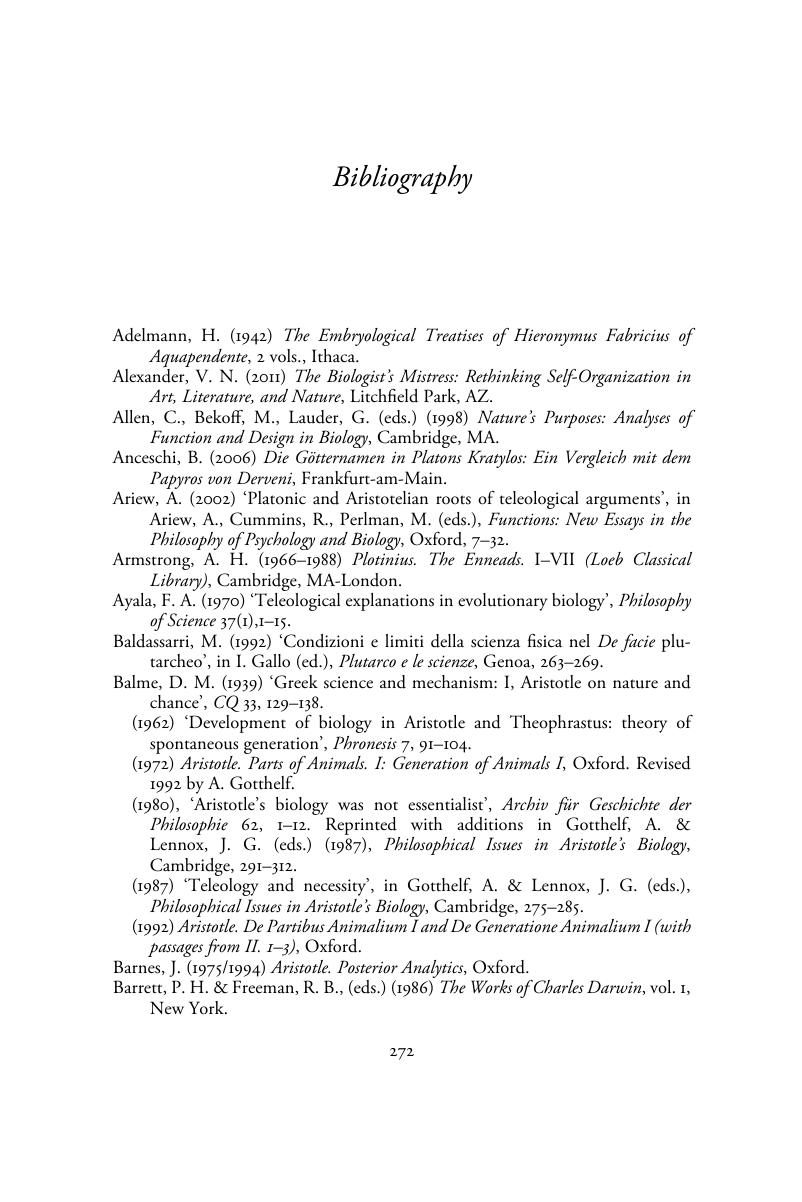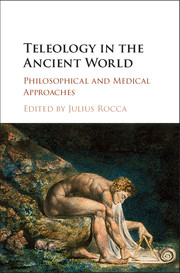Book contents
- Teleology in the Ancient World
- Teleology in the Ancient World
- Copyright page
- Dedication
- Contents
- Notes on Contributors
- Preface
- Abbreviations and Conventions
- Introduction
- Part I The Socratic Foundations of Teleology
- Part II Plato and the Platonic Tradition
- Part III Aristotle and the Aristotelian Tradition
- Part IV Teleology in Medicine
- Bibliography
- Index Locorum
- General Index
- References
Bibliography
Published online by Cambridge University Press: 04 October 2017
- Teleology in the Ancient World
- Teleology in the Ancient World
- Copyright page
- Dedication
- Contents
- Notes on Contributors
- Preface
- Abbreviations and Conventions
- Introduction
- Part I The Socratic Foundations of Teleology
- Part II Plato and the Platonic Tradition
- Part III Aristotle and the Aristotelian Tradition
- Part IV Teleology in Medicine
- Bibliography
- Index Locorum
- General Index
- References
Summary

- Type
- Chapter
- Information
- Teleology in the Ancient WorldPhilosophical and Medical Approaches, pp. 242 - 271Publisher: Cambridge University PressPrint publication year: 2017



